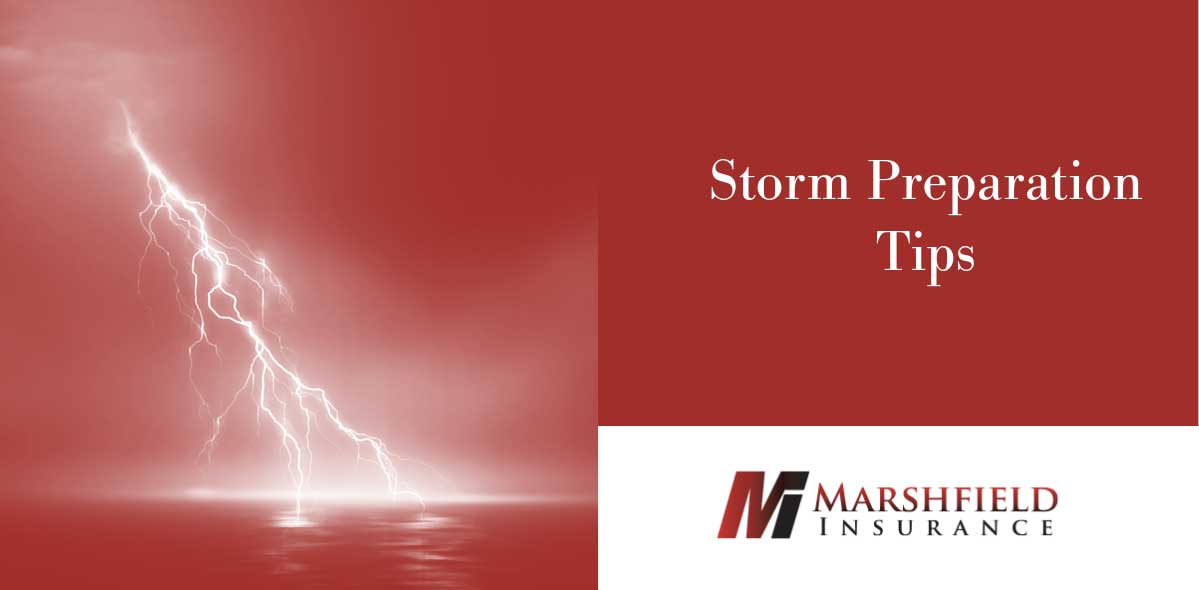Storm Preparation Tips
Preparing for a severe thunderstorm involves taking several steps to ensure your safety and minimize potential damage. Here’s a guide to help you prepare:
1. Stay Informed
- Weather Alerts: Sign up for weather alerts through your local weather service, apps, or a NOAA Weather Radio.
- Monitor Updates: Keep an eye on the weather forecast and updates from trusted sources like the National Weather Service.
2. Create an Emergency Plan
- Family Communication: Establish a communication plan with your family in case you get separated.
- Safe Room: Identify a safe place in your home where you can take shelter, such as a basement or an interior room on the lowest floor, away from windows.
- Emergency Contacts: Keep a list of emergency contacts, including family, neighbors, and local emergency services.
3. Assemble an Emergency Kit
Include items such as:
- Flashlights and extra batteries
- First aid kit
- Non-perishable food and water (enough for at least three days)
- Medications and necessary medical supplies
- Portable phone charger
- Important documents (in a waterproof container)
- Multi-purpose tool or basic tools
- Blankets and warm clothing
4. Secure Your Home
- Outdoor Items: Bring in or secure outdoor furniture, decorations, and anything else that can be blown away.
- Windows and Doors: Close and secure all windows and doors. Consider installing storm shutters or boarding up windows.
- Trees and Branches: Trim trees and branches that could fall on your home.
- Gutters and Drains: Clear gutters and drains to prevent water accumulation and potential flooding.
5. Electrical Precautions
- Unplug Devices: Unplug electrical appliances to prevent damage from power surges.
- Power Outages: Prepare for potential power outages by having backup batteries and alternative power sources.
6. During the Storm
- Stay Indoors: Remain indoors and avoid windows.
- Avoid Water: Do not take a shower, bath, or use plumbing, as lightning can travel through pipes.
- Use Flashlights: If the power goes out, use flashlights instead of candles to avoid fire hazards.
7. After the Storm
- Wait for Clearance: Wait for official notification that the storm has passed before venturing outside.
- Check for Damage: Inspect your home for damage, but be cautious of hazards like downed power lines and unstable structures.
- Report Issues: Report any power outages or property damage to the appropriate authorities.
By taking these proactive steps, you can significantly increase your preparedness for a severe thunderstorm, ensuring the safety of you and your loved ones.
Heavy Rain Prep
It’s a rainy week here in Central Wisconsin! To ensure your home is ready for the incoming deluge, we’ve put together some basic reminders to help keep your home protected.
“One of our most common claims is sump pump failure and with the proper endorsements, that is a covered loss,” said Nick Arnoldy, CEO at Marshfield Insurance. “However, it is always a good idea in a heavy rain to keep tabs on your sewer and sump pump system to make sure it’s keeping up,”
He added that just because you have the coverage, it doesn’t mean you should neglect checking.
“Sometimes, even with the proper equipment, the rains can overcome the equipment or burn it out. It can lead to a situation that can be stressful,” said Arnoldy. “Also, make sure gutters are properly attached and positioned and make sure they are cleaned out, windows are closed, and all of that obvious stuff that sometimes we forget because of the day-to-day busyness.”
Basic tips include:
- Keep buckets handy for collecting and dumping any excess water.
- Make sure gutters and storm drains on your home are unclogged.
- Monitor sump pump during rainstorms to avoid flooding.
- If you live in an area prone to flooding, move valuables upstairs.
Arnoldy added that it’s important to consider flood insurance, if applicable.
“As a reminder, even when something is a ‘flood,’ it typically is not going to be covered under a home insurance policy,” he said. “Water that seeps into your foundation or through a basement window is not a coverage situation under most homeowner policies, unfortunately.” (There is a new endorsement that does include flood – learn more here.)
To learn more, speak with an agent today at 715-387-4443!

